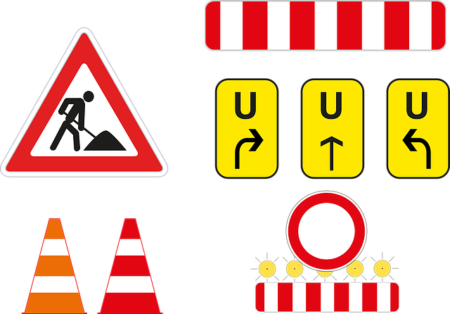When you want to move a subpage or your entire website to a new place on the internet, is it of great value to make a proper redirection of your old URL adresses. Otherwise, you risk loosing precious link references and good spots at Google and other search engines. Searchmind guides you to how to make a good redirection through 301 redirect.
Keeping the shortcuts active
Many internet users save a shortcut to pages they like. The links are typically saved as a bookmark in their browser, or on their desk, so that it is easy to find again later.

But what happens to the saved links if you change the URL address on parts of your website, or even your whole website? In the worst case, you risk that all the people that have saved the URL address will come into a blank page with an automatic 404 error message.
A good and effective way to make a 301 redirect is which, in broad terms, is a method to tell users, or an internet browser, that a subpage or an entire website has moved. This is especially important in order to keep the link value that you have build because when you use a 301 redirect on your subpage it will keep the value.
301 redirect in practice
In a 301 redirect, Google and the other search engines get a notice that they should change the old and former search results with the new, as long as the new page is more or less identical to the old one and that only the URL address has been changed. Specifically, the server gets a message saying that the page has been moved to a new URL before the page is loaded in the user’s end. Remember also to update your internal links afterwards, so that they are up to date too.
Redirection with 301 redirect can be established in many ways but the works the best when being implemented directly at server level. Though, it can also be done with a server configuration file as htaccess but too many 301 redirect en such a file will potentially make the website slower.
Changes do happen often
Of course, there is a risk in regards to the SEO when redirects are involved – also the 301 method. The preferred way, though, is the 301 redirects when it comes to permanent redirections of URL addresses even though it is uncertain if search engines treat every redirections equally.
If a small part of your pagerank should disappear using a 301 redirect, it is importtant to remember that this is only a small park of the factors that Google uses to rank websites. Therefore, the best redirection is still when all the other elements, as much as possible, stay the same – except for the URL.
The value for the concerned site takes, as mentioned earlier, a small risk by applying the 301 redirect of single underpages, but if you complete a total migration, for example a migration from HTTP to HTTPS, the value loss doesn’t exist.
